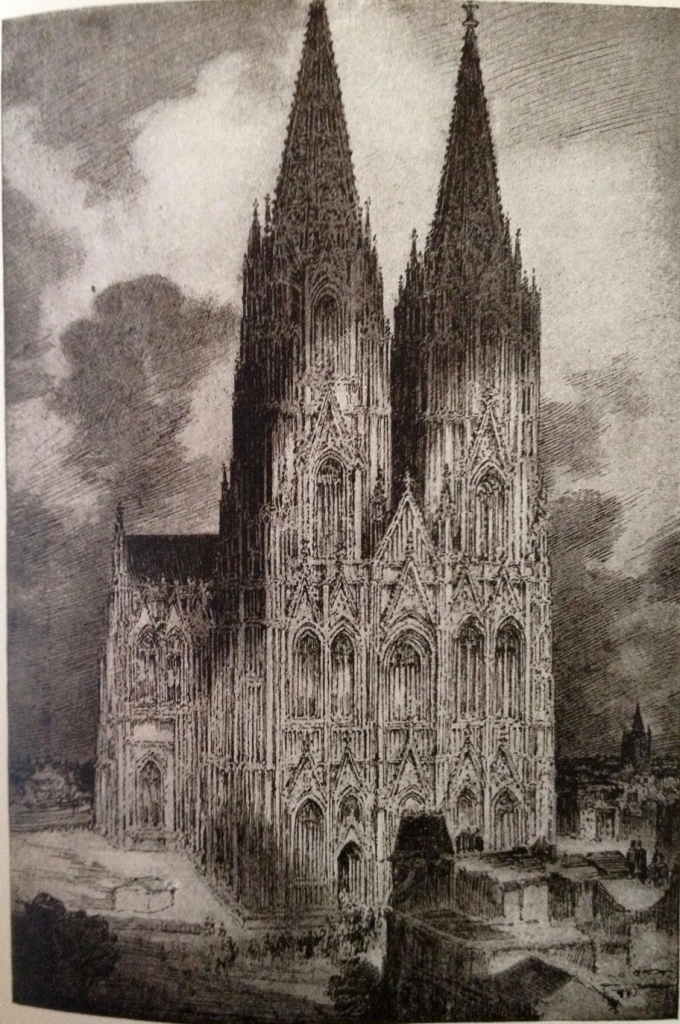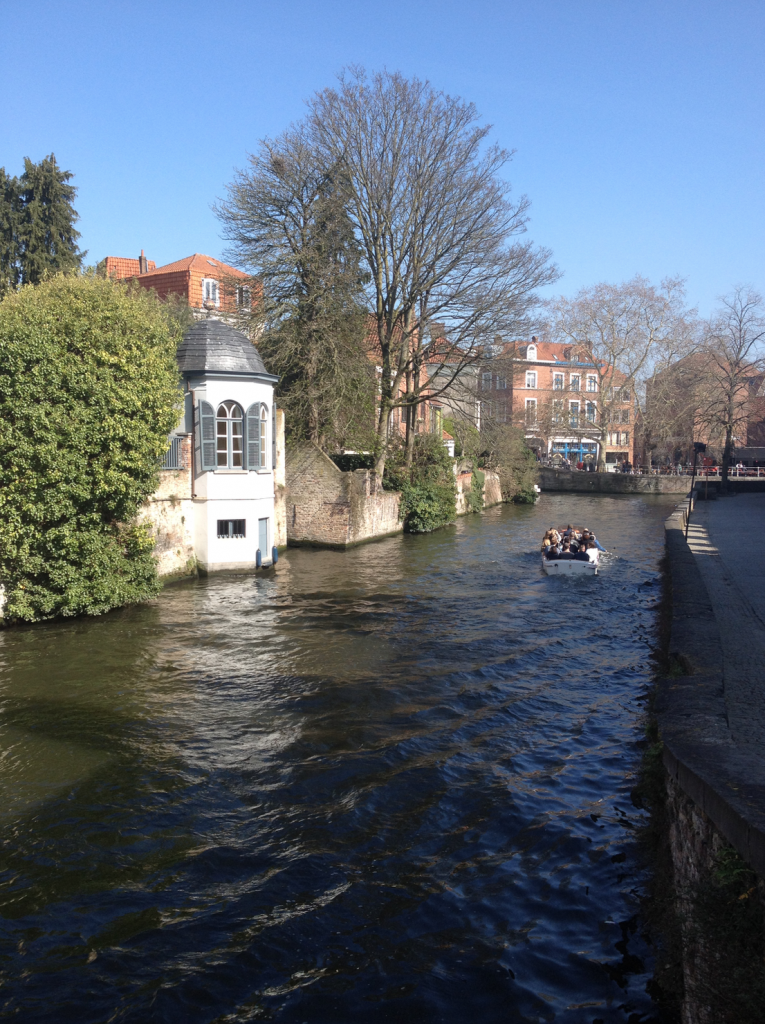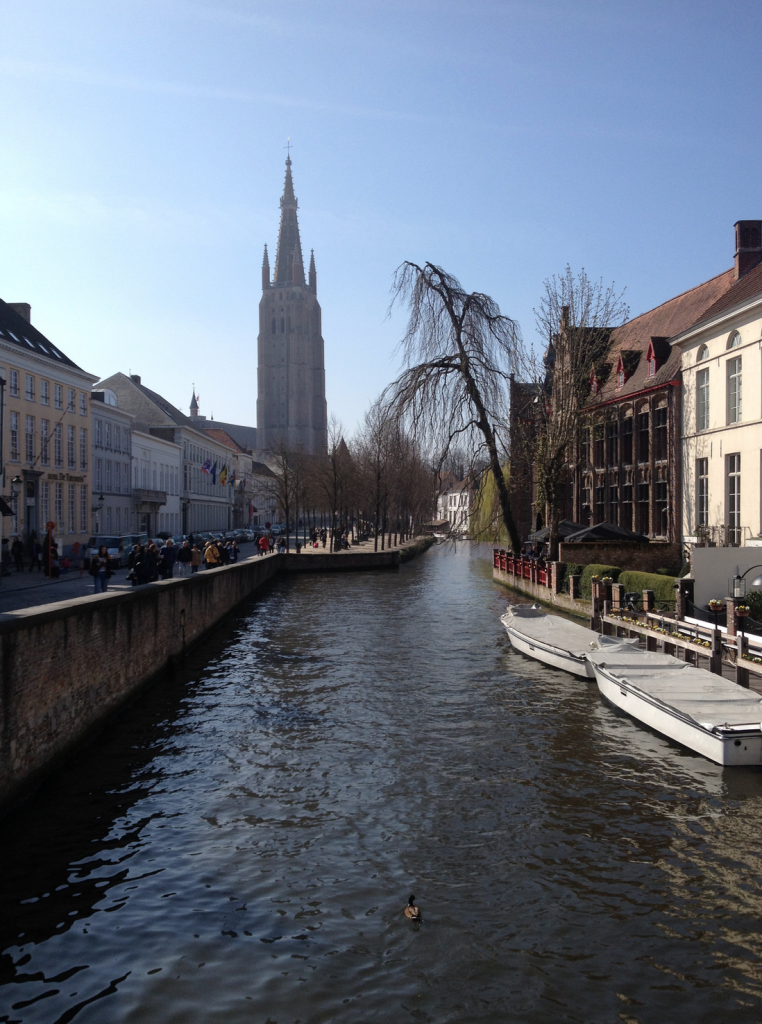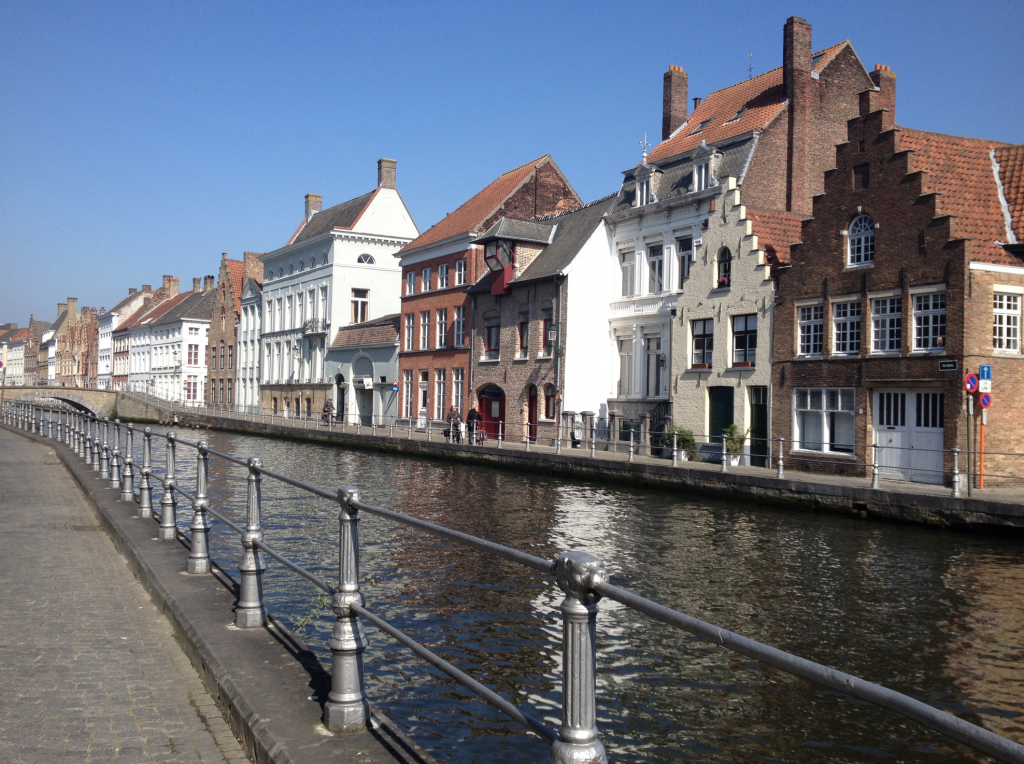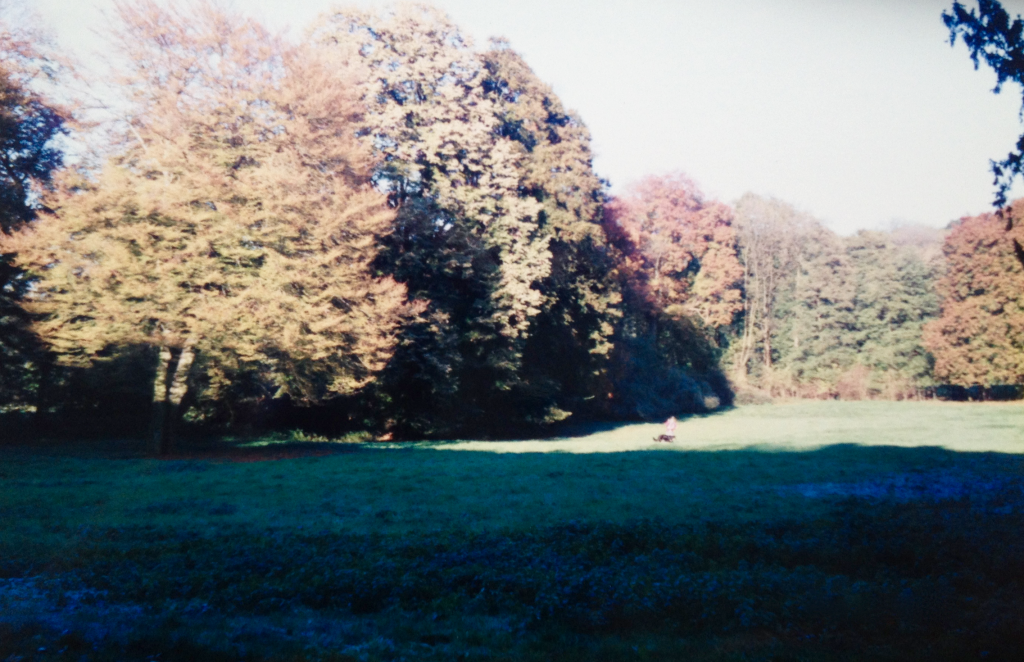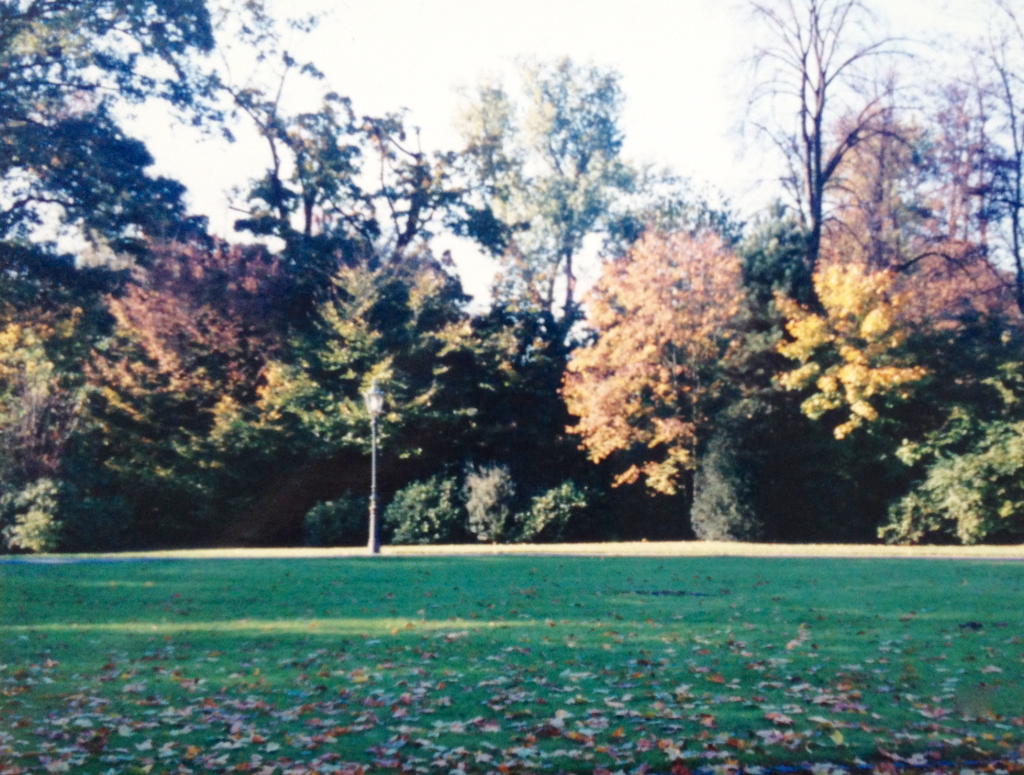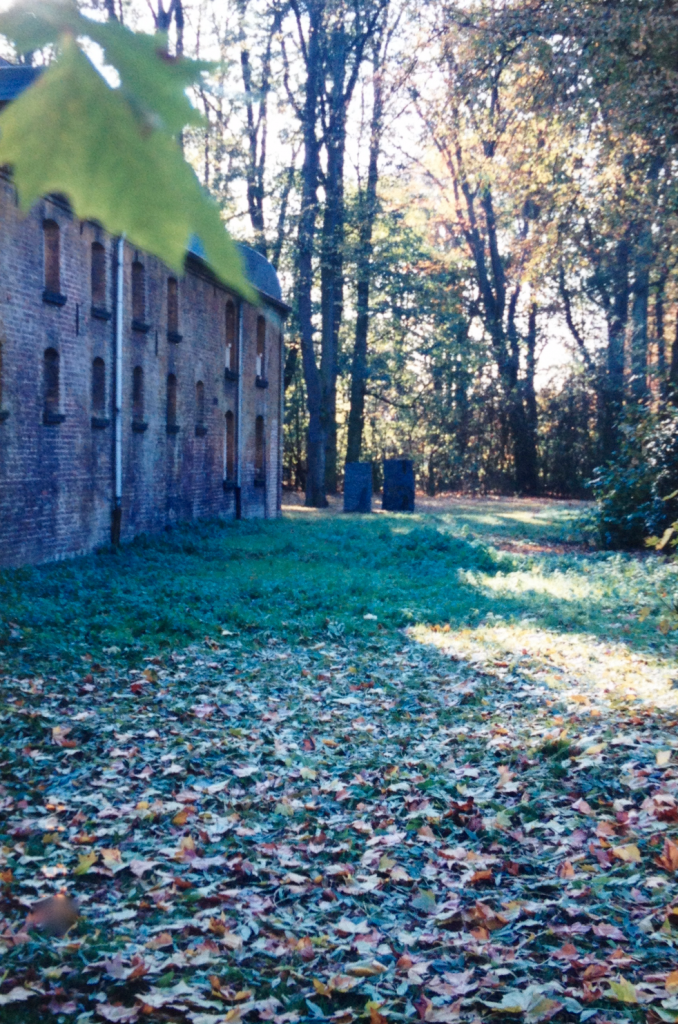I am honoured to have been interviewed twice now by Scott Butki, the Austin-based book reviewer and journalist. I really enjoy his interviews because it is so obvious that he has really taken the time to read your work, think about it and construct a set of questions which enable you to build up a narrative about your book. Connoisseurs of book reviews – it’s well worth seeking out his other interviews too.
An interview about The Devil’s Missal
An interview about Planet Germany
Month: September 2019
When Germany had witches on its banknotes
During the first world war and the economic crisis which followed there were cash shortages. Many German towns responded by issuing Notgeld, or emergency money. In order to popularise their Notgeld banknotes, many towns deployed ornate or funny designs. These included depictions of local legends and fairy tales – such as this example below of witches flying off for a gathering on the Brocken (tallest mountain in the Harz).
An exhibition of Notgeld, “Currency in Crisis,” starts next week at the British Museum in London, and runs until 29 March 2020.
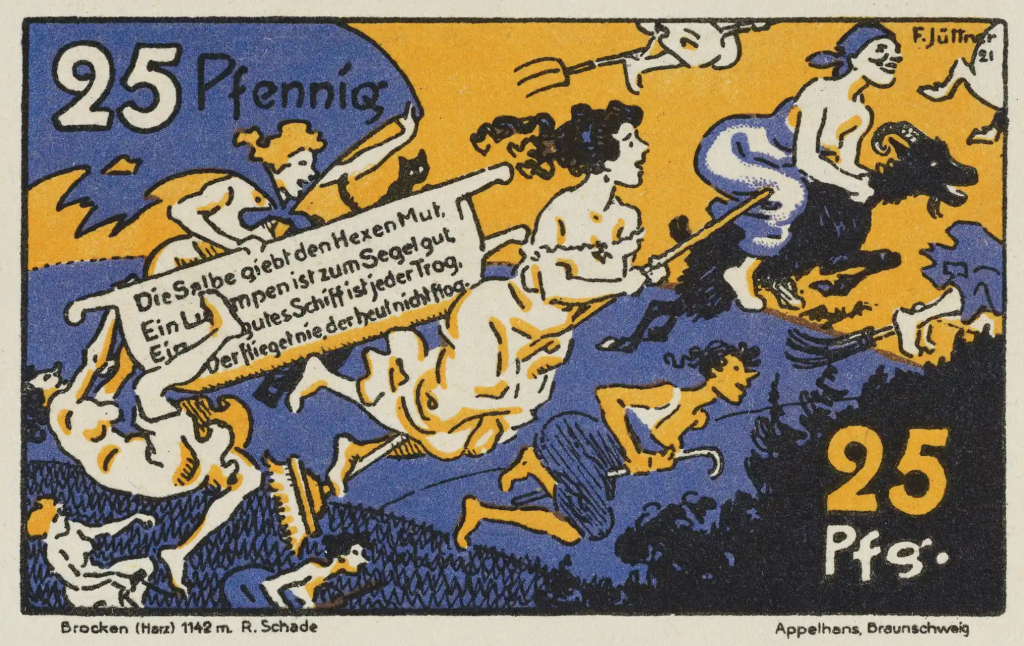
A lovely drawing of Cologne Cathedral
I wanted to share this beautiful drawing of Cologne Cathedral by Scottish artist Louis Weirter (1873-1932). Weirter was born at Edinburgh and studied art there and at the Royal Academy Schools, London. He exhibited at the RA and with other societies and galleries.
A few more images of Bruges
Chapter Two of The Devil’s Missal is largely set in Bruges in West-Flanders, deliberately chosen because of its medieval architecture and also just the sheer breathtaking loveliness of the place. If you have never visited Bruges, it would be well worth adding it to your bucket list.
Drawing of the station in Meerbusch-Osterrath
I wanted to share with you this lovely drawing by local artist Editha Hackspiel of the station in Meerbusch-Osterrath. The station sadly became famous as the location of a major rail accident in December 2017 when a freight train collided with a passenger train, injuring five people.
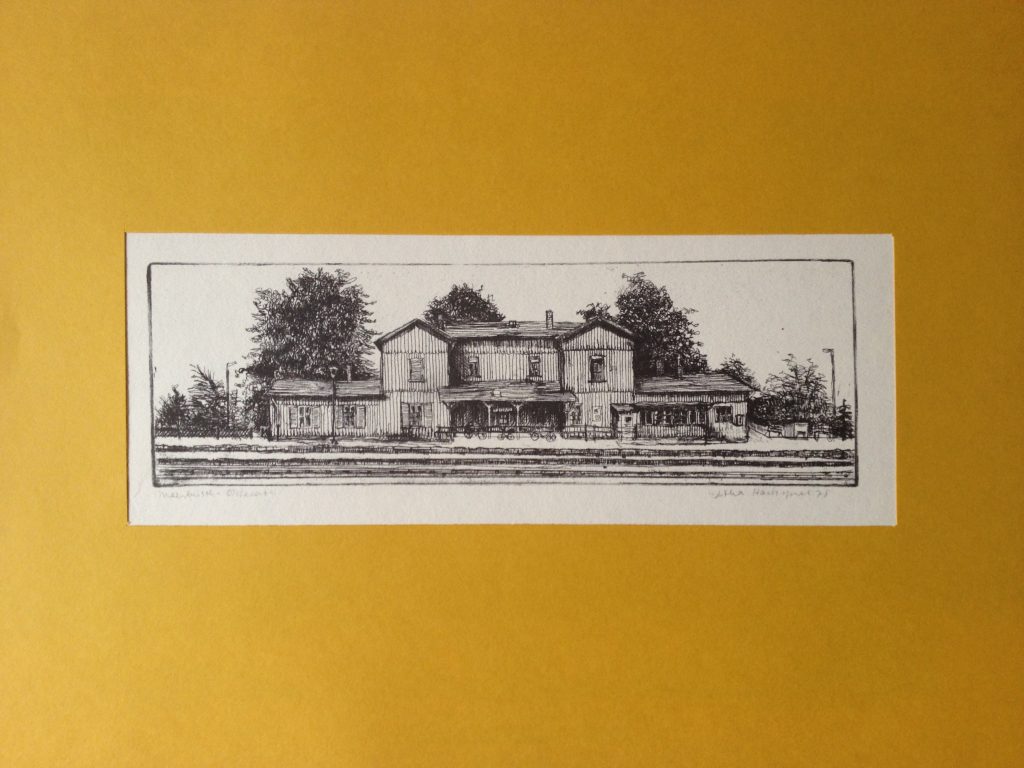
A four hour journey from Pempelfort to Krefeld
One of the sources I used while writing The Devil’s Missal was the journal of Steven Jan de Geuns, a Dutch academic who travelled extensively through Germany in the company of Alexander von Humboldt, passing through Meerbusch on 26th October 1789.
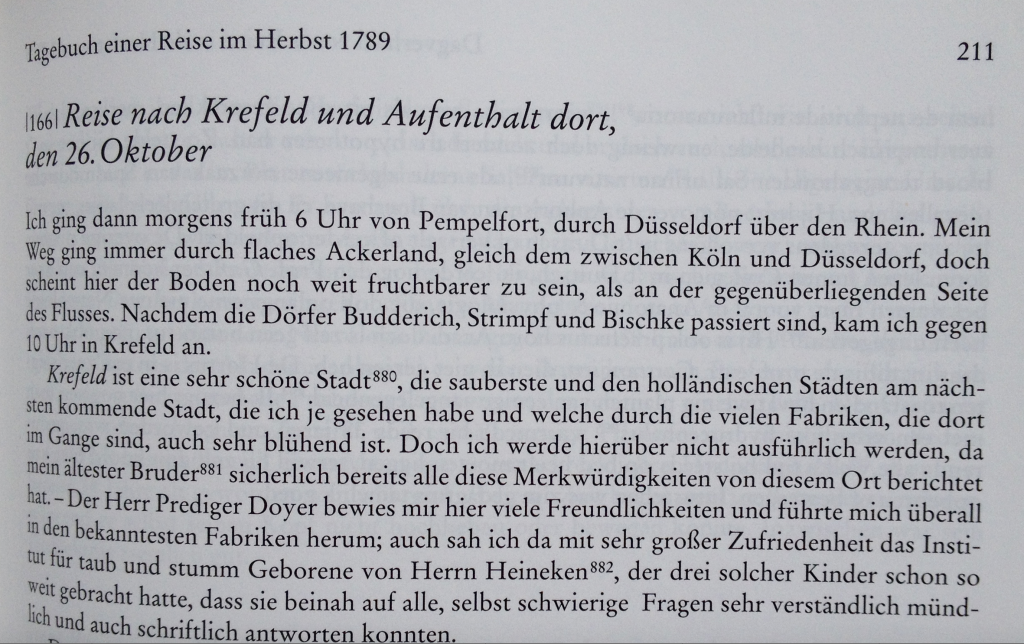
De Geuns waxed lyrical about Krefeld, calling it a beautiful city, clean and the closest to a Dutch city that he had seen (being a Dutchman himself, presumably this was high praise). His sightseeing tour of the city appears to have consisted of a tour of several factories. Meerbusch is mentioned only as consisting of fertile agricultural land. Which sounds about right for the period.
View towards Schloßstraße from Schloß Pesch
This photograph was taken before the installation of modern gates. The driveway used to be a network of muddy puddles of varying depths. It wasn’t too bad negotiating it in a car, but on a bicycle in the dark it was only for the hardened adventurer….
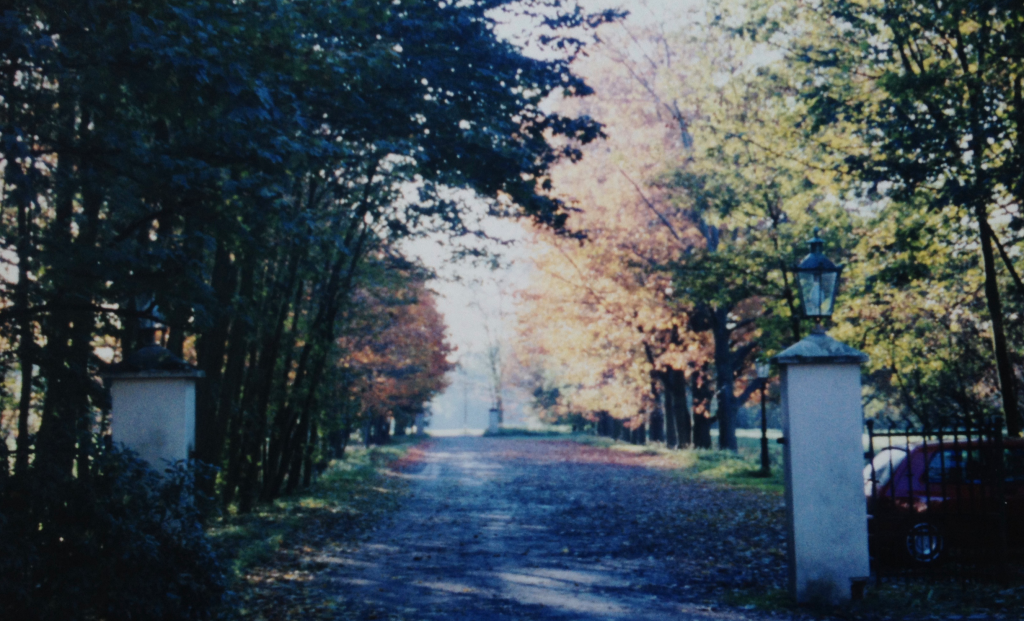
Ewald Mataré – one of Meerbusch’s finest artists
One of the most famous sons of Meerbusch was Ewald Mataré (1887 – 1965) – a renowned sculptor and artist. Alongside his famous fountain which sits next to the station at Landsknecht, he is also honoured as the namesake of the Mataré Gymnasium, the grammar school in Meerbusch.
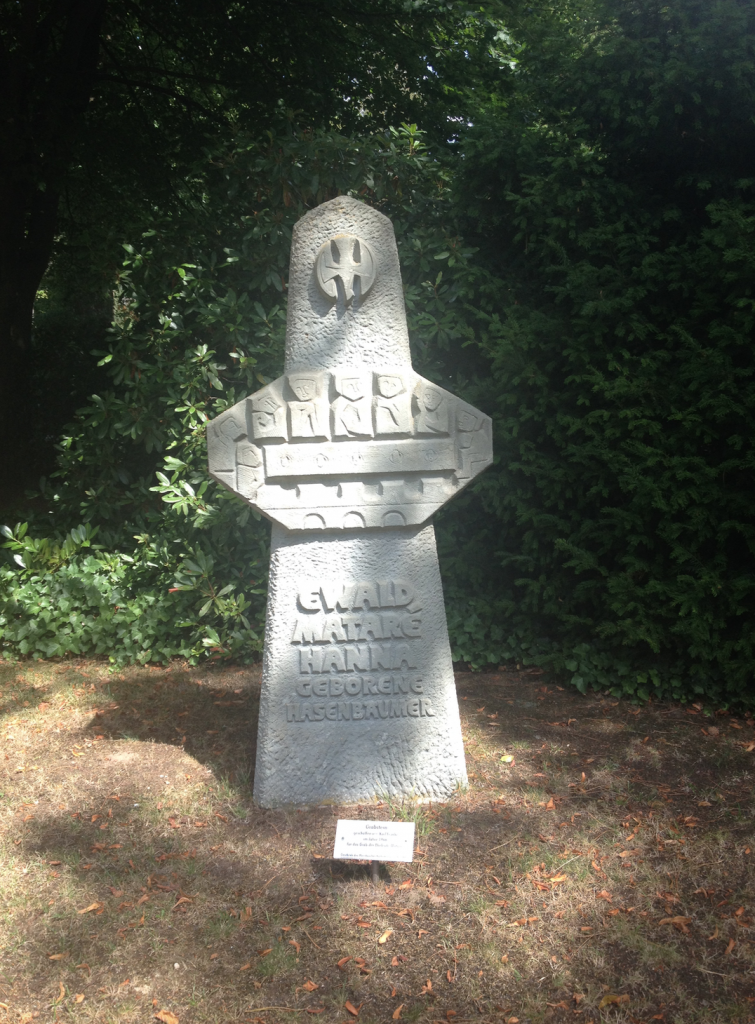
Autumn at Schloss Pesch
Autumn is the most beautiful season around Schloß Pesch as the woods which surround it turn golden and russet. If you haven’t taken yourself on a tour of all the breathtaking Meerbusch locations from The Devil’s Missal yet, the next few weeks would be the perfect time. These are older photos… the leaves have not turned yet.
